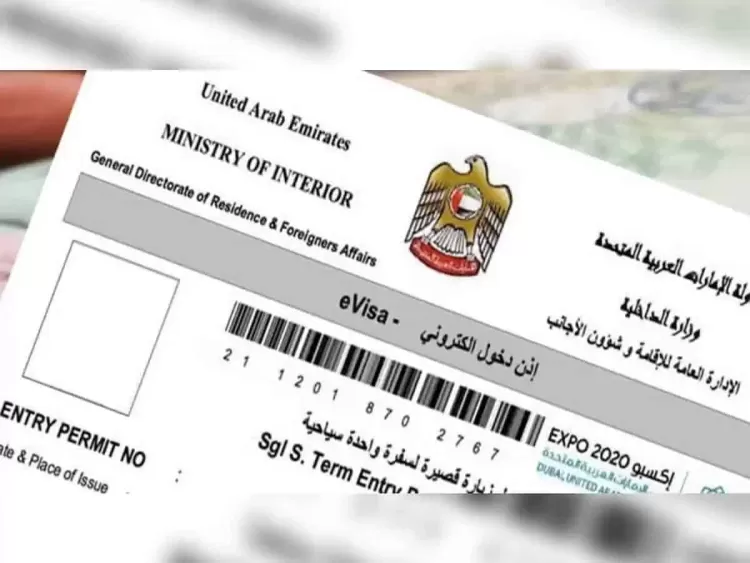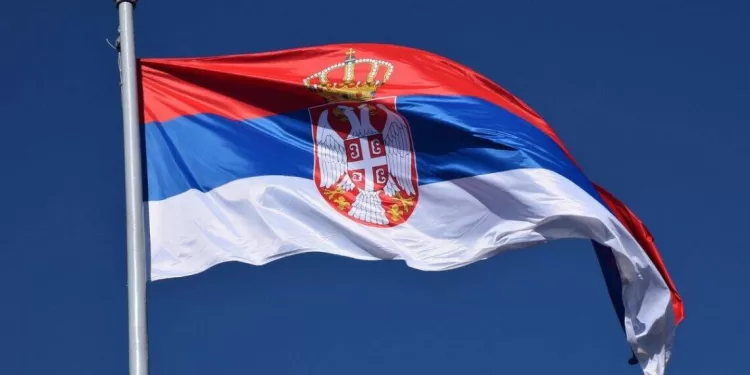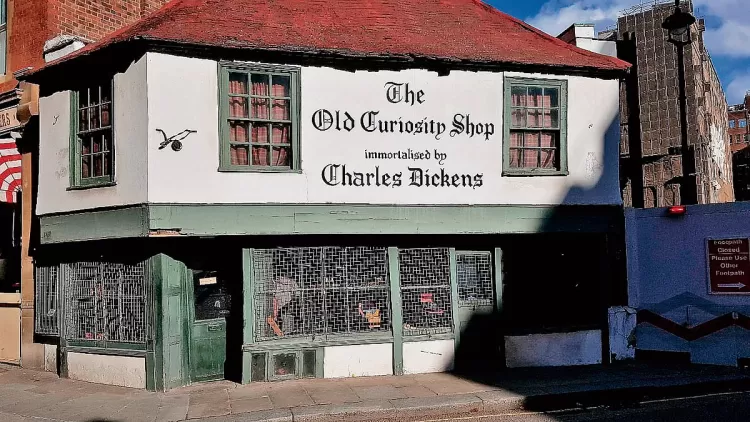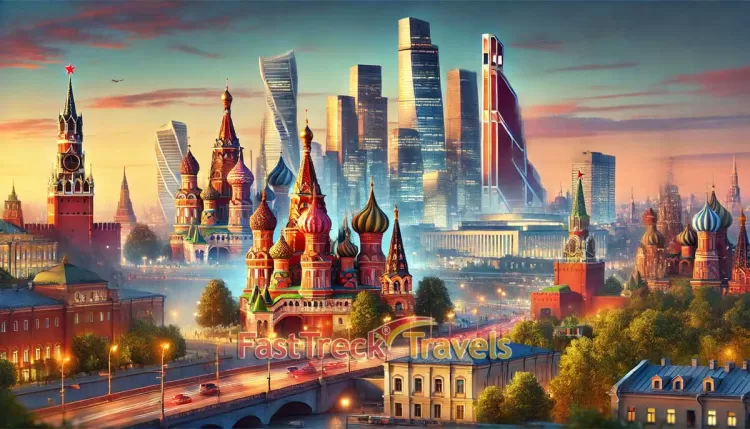Donald Trump Inauguration On January 20: All About The Inaugural Parade

Join our WhatsApp Community to receive travel deals, free stays, and special offers!
- Join Now -
Join our WhatsApp Community to receive travel deals, free stays, and special offers!
- Join Now -
As a hallmark of the Inauguration Day, the Presidential Parade will take place on January 20, celebrating the swearing-in of Donald Trump as the 47th President of the United States. Following the traditional swearing-in ceremony, inaugural address, and congressional luncheon at the US Capitol, the newly-elected President Trump will travel to the White House to watch the parade from the reviewing stand.
Nearly 7,500 participants from 23 states will join the parade this year, the Trump-Vance Inaugural Committee has confirmed. The parade lineup includes contingents from the US Army, Marines, Navy, Air Force, Coast Guard, and the Merchant Marine Academy.
Trump Vance Inaugural Committee Announces Presidential Parade Participants
WASHINGTON, D.C. – The Trump Vance Inaugural Committee is pleased to announce the initial list of groups that have accepted an invitation to participate in the annual Presidential Inaugural Parade, which… pic.twitter.com/lOcaMCGoCw — Veterans for America First - Veterans for Trump (@VFAFWarroom) January 13, 2025
History Of The Inaugural Parade
The inaugural parade has been a vital part of US presidential history. It began in 1789 when George Washington first took oath. In 1805, President Thomas Jefferson walked from the Capitol to the White House accompanied by Navy Yard workers and since then, the tradition has evolved into a grand event.
The parade typically stretches 2.4 km along Pennsylvania Avenue, with the President, Vice President, their families, and key officials reviewing the participants from a stand on the White House's North Lawn. This custom, started by President James Garfield in 1881, has grown to include military and civilian participants from across states.
Milestones have marked the parade's history. Native Americans and African Americans participated for the first time in Abraham Lincoln's second inaugural parade in 1865. Women joined in 1917. By the mid-20th century, the parade had become a large-scale celebration.
Grover Cleveland's 1885 parade featured 25,000 marchers, while Dwight D Eisenhower's 1953 event included over 22,000 service members, 5,000 civilians, and unique attractions like elephants and an Alaskan dog team.
The tradition has also seen moments of restraint. Franklin D Roosevelt cancelled the 1945 parade during World War II to conserve resources, while Ronald Reagan's second inaugural parade in 1985 was moved indoors due to severe cold.
Significance Of The Inaugural Parade
The parade showcases the peaceful transfer of power between administrations. It brings together people from across the nation to celebrate democracy through displays of marching bands, cultural groups, and floats. The event reflects America's diversity and achievements.
Each parade reflects the themes and values of the incoming administration. The theme for the 60th Inaugural Ceremonies, announced by the Joint Congressional Committee on Inaugural Ceremonies, is “Our Enduring Democracy: A Constitutional Promise.”
What's Your Reaction?
 Like
0
Like
0
 Dislike
0
Dislike
0
 Love
0
Love
0
 Funny
0
Funny
0
 Angry
0
Angry
0
 Sad
0
Sad
0
 Wow
0
Wow
0



















































